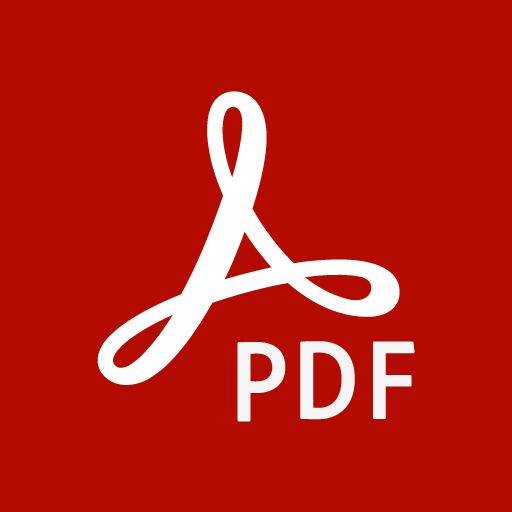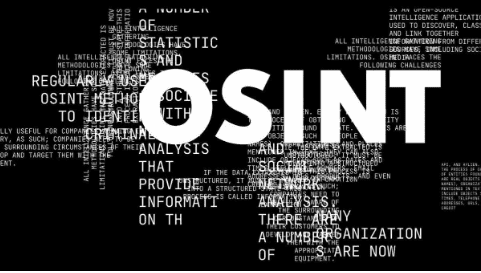Are you looking for a way to sign PDF documents without the hassle of using electrical signatures? In this article, we will explore the benefits of digital signatures and why they are a better option for signing PDF files. Whether you are an individual or a business owner, understanding the advantages of digital signatures can streamline your document signing process and enhance security. Let’s delve into the details and discover how digital signatures can revolutionize the way you sign PDFs.
Table of Contents
Introduction:
- The Need for Efficient Document Signing
- Understanding Electrical Signatures
- The Rise of Digital Signatures
- Key Differences Between Electrical and Digital Signatures
- Benefits of Digital Signatures
- Enhanced Security and Integrity
- Cost and Time Efficiency
- Convenient and User-Friendly
- How to Sign PDFs Using Digital Signatures
- Step 1: Choose a Trusted Digital Signature Provider
- Step 2: Create Your Digital Signature
- Step 3: Apply Your Digital Signature to a PDF Document
- Step 4: Verify Digital Signatures
- Best Practices for Digital Signatures
- Protect Your Digital Signature
- Keep Your Private Key Secure
- Conclusion
- FAQs
- Can digital signatures be tampered with?
- Are digital signatures legally valid?
- Can I use digital signatures for sensitive documents?
- How do I choose a reliable digital signature provider?
- Can digital signatures be used internationally?
Introduction:
1.The Need for Efficient Document Signing
In today’s digital age, the ability to sign documents electronically has become a necessity. Traditional methods of signing, such as pen and paper or scanning and faxing, are time-consuming and can lead to delays in important processes. Therefore, finding a more efficient and secure way to sign pdf free documents, especially PDFs, is crucial.
2. Understanding Electrical Signatures
Before we dive into the advantages of digital signatures, let’s briefly discuss electrical signatures. Electrical signatures, also known as electronic signatures, involve the use of electrical signals to indicate intent to sign. These signatures typically include scanned images of handwritten signatures or other graphical representations. While electrical signatures offer some convenience, they lack the robust security and legal validity of digital signatures.
3. The Rise of Digital Signatures
Digital signatures have gained significant traction in recent years due to their superior security features and legal acceptance. A digital signature is a cryptographic mechanism that uses a unique identifier, known as a digital certificate, to verify the authenticity and integrity of a document. Digital signatures provide assurance that the document has not been altered since it was signed and can be traced back to the signer.
4. Key Differences Between Electrical and Digital Signatures
While both electrical and digital signatures serve the purpose of signing documents, there are crucial differences between the two. Electrical signatures are more like scanned images of traditional signatures, whereas digital signatures involve cryptographic algorithms to ensure the document’s integrity and authenticity. Digital signatures offer a higher level of security and are legally binding in many jurisdictions.
5. Benefits of Digital Signatures
a) Enhanced Security and Integrity
Digital signatures use encryption technology to secure the document and the signature itself. This ensures that the document cannot be tampered with without detection. Additionally, digital signatures provide a higher level of assurance regarding the signer’s identity compared to electrical signatures.
b) Cost and Time Efficiency
Using digital signatures eliminates the need for printing, scanning, and physically transporting documents, resulting in significant cost and time savings. Digital signing processes can be completed within minutes, regardless of the signer’s location, making it ideal for remote collaboration.
c) Convenient and User-Friendly
Digital signing platforms offer intuitive interfaces that make the signing process simple and straightforward. Signers can easily add their digital signatures to PDF documents with just a few clicks, eliminating the need for complicated software installations or technical expertise.
d) How to Sign PDFs Using Digital Signatures
To sign PDFs using digital signatures, follow these steps:
Step 1: Choose a Trusted Digital Signature Provider
Select a reputable digital signature provider that offers robust security features, complies with legal regulations, and provides a user-friendly experience. Research different providers, compare their offerings, and choose the one that best suits your needs.
Step 2: Create Your Digital Signature
Once you have chosen a digital signature provider, create your digital signature. This typically involves registering for an account, providing necessary identification documents, and completing the verification process.
Step 3: Apply Your Digital Signature to a PDF Document
After creating your digital signature, you can apply it to free pdf signature document. Most digital signature platforms allow you to upload the document directly or import it from cloud storage. Follow the platform’s instructions to add your signature to the desired location in the PDF.
Step 4: Verify Digital Signatures
Before sharing the signed PDF, it’s essential to verify the digital signature to ensure its authenticity and integrity. Most PDF viewers have built-in verification features that allow you to validate the signature with a single click.
6. Best Practices for Digital Signatures
To maximize the security and effectiveness of your digital signatures, consider the following best practices:
a) Protect Your Digital Signature
Keep your digital signature secure by using strong passwords and enabling multi-factor authentication when available. Avoid sharing your signature credentials with others to prevent unauthorized access.
b) Keep Your Private Key Secure
The private key associated with your digital signature should be kept confidential and protected. Storing it on a secure device, such as a hardware token or smart card, adds an extra layer of protection.
c) Regularly Update and Renew Certificates
Digital certificates have expiration dates, so it’s essential to keep track of their validity. Regularly update and renew your certificates to ensure uninterrupted signing capabilities.
7. Conclusion
In conclusion, digital signatures provide a secure, efficient, and legally recognized method of signing PDF documents. By choosing digital signatures over electrical signatures, you can streamline your document signing process, enhance security, and reduce costs. Embracing the power of digital signatures can revolutionize the way you handle document workflows, whether you’re an individual or a business.
8. FAQs
1) Can digital signatures be tampered with?
Digital signatures employ cryptographic technology, making it extremely difficult to tamper with the signed documents without detection. Any modifications to the document would invalidate the signature.
2) Are digital signatures legally valid?
Yes, digital signatures are legally valid in many countries and jurisdictions. They are recognized as legally binding and admissible in court under various electronic signature regulations.
3) Can I use digital signatures for sensitive documents?
Absolutely! Digital signatures provide a high level of security and integrity, making them suitable for signing sensitive documents, such as contracts, financial agreements, and confidential records.
4) How do I choose a reliable digital signature provider?
When selecting a digital signature provider, consider factors such as security features, compliance with regulations, user-friendliness, customer reviews, and reputation in the industry. It’s essential to choose a provider that aligns with your specific requirements.
5) Can digital signatures be used internationally?
Yes, digital signatures can be used internationally, as many countries have adopted electronic signature laws and regulations. However, it’s important to ensure compliance with the specific regulations of the countries involved in the signing process.

As the editor of the blog, She curate insightful content that sparks curiosity and fosters learning. With a passion for storytelling and a keen eye for detail, she strive to bring diverse perspectives and engaging narratives to readers, ensuring every piece informs, inspires, and enriches.










